Posted by Casey Baseel (Page 465)
With rules regarding everything from tea to elevators, some new employees think it’s all too much.
TV series is latest adaptation of classic Japanese science fiction novel.
Recently deceased writer/anime series creator wanted his funeral service to be a little different.
Centuries-old earthenware plate gets a special assist from a kitty in becoming an ultra-rare, ultra-cute antique.
Just because her eyes are up there doesn’t mean he’s checking out her boobs, Twitter user postulates.
Ad for Tokyo auditions lets would-be anime stars know that they won’t be working in the booth if they’ve previously done work with their clothes off.
Put a shirt on, you crazy kids!
Sure, Pizza Hut, but do you English?
Make a trip to the ATM, and depending on your balance you too might be able to outfit yourself like the hero of the anime and collectible card game.
Tradition and community are great, but there’s one more thing this Nagano celebration gets a boost from.
If only we could all feel as needed as the person whose arm we see in this video.

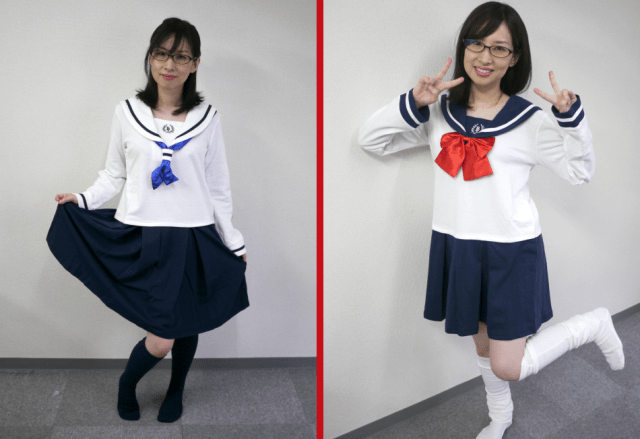

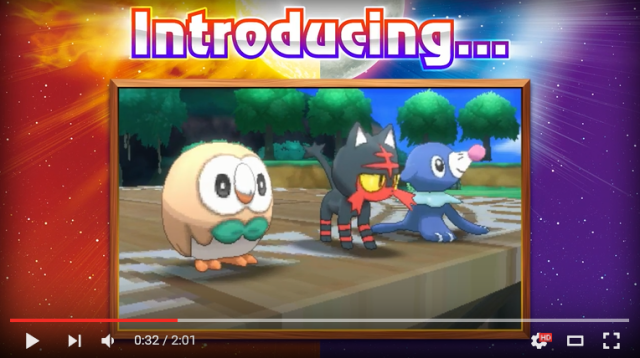
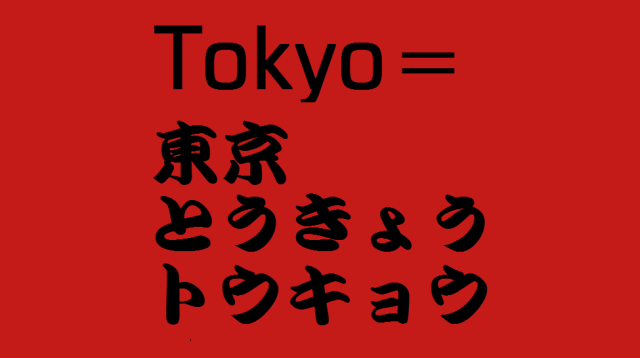
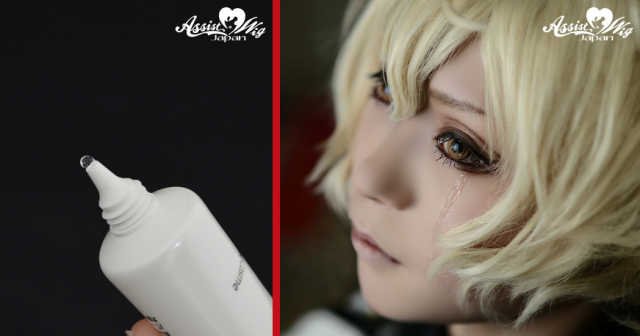
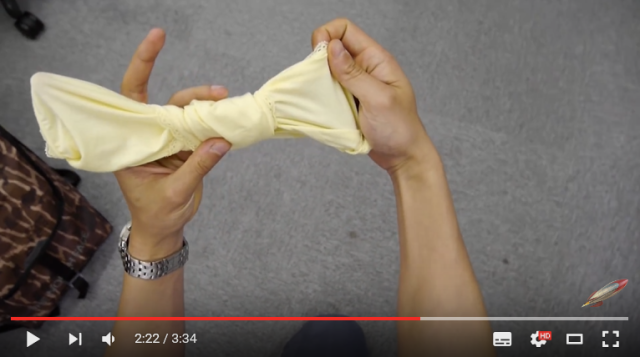

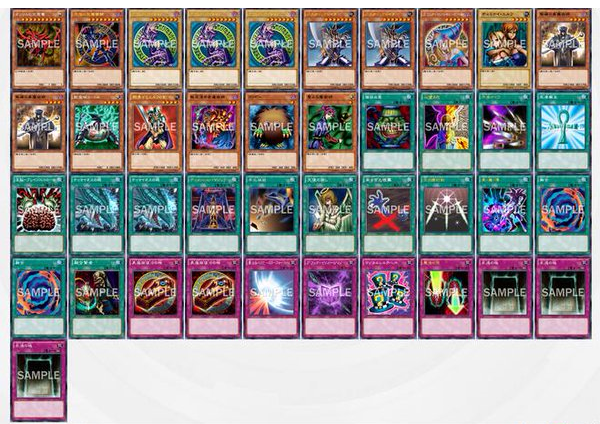
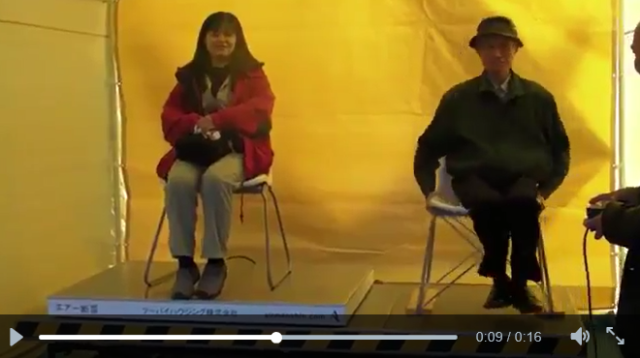
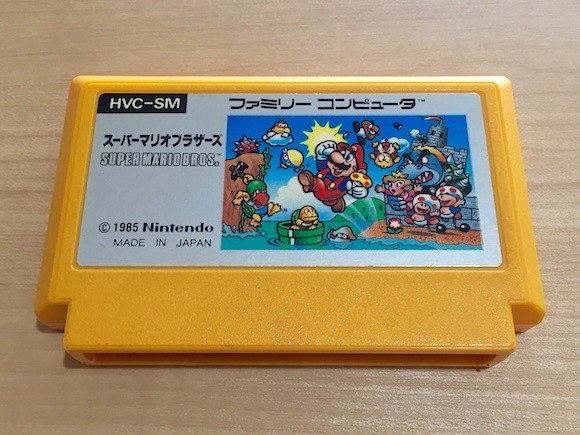
 7-Eleven Japan starts new temporary luggage storage service in over 300 branches
7-Eleven Japan starts new temporary luggage storage service in over 300 branches Tokyo’s Tsukiji sushi neighborhood asks tour groups to stay away for the rest of the month
Tokyo’s Tsukiji sushi neighborhood asks tour groups to stay away for the rest of the month Pocky recall issued in Japan after customers notice off-the-mark taste caused by unintended smells
Pocky recall issued in Japan after customers notice off-the-mark taste caused by unintended smells The packing-tape calligraphy master visits us and shows us how to make our own sticky signs【Pics】
The packing-tape calligraphy master visits us and shows us how to make our own sticky signs【Pics】 Japanese avoiding domestic travel as foreign tourists increase, possibly creating vicious cycle
Japanese avoiding domestic travel as foreign tourists increase, possibly creating vicious cycle Start saving room now – Japanese grocery store’s biggest sushi roll yet is coming for Setsubun
Start saving room now – Japanese grocery store’s biggest sushi roll yet is coming for Setsubun 7-Eleven Japan gets into the sort-of-freshly baked pizza home delivery business【Video】
7-Eleven Japan gets into the sort-of-freshly baked pizza home delivery business【Video】 Newly unveiled “horror room” in Osaka apartment promises a creepy day or night’s stay
Newly unveiled “horror room” in Osaka apartment promises a creepy day or night’s stay Is this the most relaxing Starbucks in Japan?
Is this the most relaxing Starbucks in Japan? Starbucks on a Shinkansen bullet train platform: 6 tips for using the automated store in Japan
Starbucks on a Shinkansen bullet train platform: 6 tips for using the automated store in Japan Starbucks teams up with 166-year-old Kyoto doll maker for Year of the Horse decorations【Photos】
Starbucks teams up with 166-year-old Kyoto doll maker for Year of the Horse decorations【Photos】 Street Fighter Hadouken Churros to be launched and eaten in Tokyo, Okami pudding on offer too
Street Fighter Hadouken Churros to be launched and eaten in Tokyo, Okami pudding on offer too More Shinkansen trains being added to Japan’s “golden route” to meet traveler demand
More Shinkansen trains being added to Japan’s “golden route” to meet traveler demand Japanese woman mistaken for bear
Japanese woman mistaken for bear Return of Totoro sequel short anime announced for Ghibli Park
Return of Totoro sequel short anime announced for Ghibli Park Starbucks Japan quietly slips fans another Christmas present with Joyful Medley Strawberry Milk Tea
Starbucks Japan quietly slips fans another Christmas present with Joyful Medley Strawberry Milk Tea We go on a quest to find the cheesiest sushi at Japanese conveyor belt sushi chains【Taste test】
We go on a quest to find the cheesiest sushi at Japanese conveyor belt sushi chains【Taste test】 Japan’s human washing machines will go on sale to general public, demos to be held in Tokyo
Japan’s human washing machines will go on sale to general public, demos to be held in Tokyo Starbucks Japan unveils new Christmas goods and a rhinestone tumbler that costs 19,500 yen
Starbucks Japan unveils new Christmas goods and a rhinestone tumbler that costs 19,500 yen Japanese train company is letting fans buy its actual ticket gates for their homes
Japanese train company is letting fans buy its actual ticket gates for their homes Real-world Nausicaa Ghibli anime glider completes its final flight in Japan【Video】
Real-world Nausicaa Ghibli anime glider completes its final flight in Japan【Video】 Is China’s don’t-go-to-Japan warning affecting tourist crowds in Tokyo’s Asakusa neighborhood?
Is China’s don’t-go-to-Japan warning affecting tourist crowds in Tokyo’s Asakusa neighborhood? The 10 best day trips from downtown Tokyo【Survey】
The 10 best day trips from downtown Tokyo【Survey】 Tokyo considering law requiring more trash cans following litter increase in heavily touristed area
Tokyo considering law requiring more trash cans following litter increase in heavily touristed area Nintendo’s Kirby now delivering orders at Kura Sushi restaurants, but not in Japan
Nintendo’s Kirby now delivering orders at Kura Sushi restaurants, but not in Japan Tokyo event lets you travel back in time, for free, to celebrate 100 years since Showa era start
Tokyo event lets you travel back in time, for free, to celebrate 100 years since Showa era start Survey asks foreign tourists what bothered them in Japan, more than half gave same answer
Survey asks foreign tourists what bothered them in Japan, more than half gave same answer Japan’s deadliest food claims more victims, but why do people keep eating it for New Year’s?
Japan’s deadliest food claims more victims, but why do people keep eating it for New Year’s? We deeply regret going into this tunnel on our walk in the mountains of Japan
We deeply regret going into this tunnel on our walk in the mountains of Japan Studio Ghibli releases Kodama forest spirits from Princess Mononoke to light up your home
Studio Ghibli releases Kodama forest spirits from Princess Mononoke to light up your home Major Japanese hotel chain says reservations via overseas booking sites may not be valid
Major Japanese hotel chain says reservations via overseas booking sites may not be valid Put sesame oil in your coffee? Japanese maker says it’s the best way to start your day【Taste test】
Put sesame oil in your coffee? Japanese maker says it’s the best way to start your day【Taste test】 The top 10 annoying foreign tourist behaviors on trains, as chosen by Japanese people【Survey】
The top 10 annoying foreign tourist behaviors on trains, as chosen by Japanese people【Survey】 No more using real katana for tourism activities, Japan’s National Police Agency says
No more using real katana for tourism activities, Japan’s National Police Agency says Starbucks Japan reveals new sakura drinkware collection, inspired by evening cherry blossoms
Starbucks Japan reveals new sakura drinkware collection, inspired by evening cherry blossoms Start saving room now – Japanese grocery store’s biggest sushi roll yet is coming for Setsubun
Start saving room now – Japanese grocery store’s biggest sushi roll yet is coming for Setsubun 7-Eleven Japan gets into the sort-of-freshly baked pizza home delivery business【Video】
7-Eleven Japan gets into the sort-of-freshly baked pizza home delivery business【Video】 Newly unveiled “horror room” in Osaka apartment promises a creepy day or night’s stay
Newly unveiled “horror room” in Osaka apartment promises a creepy day or night’s stay Is this the most relaxing Starbucks in Japan?
Is this the most relaxing Starbucks in Japan? Starbucks on a Shinkansen bullet train platform: 6 tips for using the automated store in Japan
Starbucks on a Shinkansen bullet train platform: 6 tips for using the automated store in Japan Starbucks teams up with 166-year-old Kyoto doll maker for Year of the Horse decorations【Photos】
Starbucks teams up with 166-year-old Kyoto doll maker for Year of the Horse decorations【Photos】 Record number of foreign children in Japan need help understanding Japanese in school
Record number of foreign children in Japan need help understanding Japanese in school Chansey Pokémon Park in Japan helps a region heal from disaster
Chansey Pokémon Park in Japan helps a region heal from disaster Cost of uneaten ehomaki sushi rolls in 2022 estimated to be over one billion yen
Cost of uneaten ehomaki sushi rolls in 2022 estimated to be over one billion yen Beware the rise of overpriced “Inbound Don” at tourist spots in Japan
Beware the rise of overpriced “Inbound Don” at tourist spots in Japan Daiso opens massive new 25,392-square foot Tokyo flagship store with its two sub-brands included
Daiso opens massive new 25,392-square foot Tokyo flagship store with its two sub-brands included Family Mart opens first clothing store in Tokyo
Family Mart opens first clothing store in Tokyo Yu-Gi-Oh! Millennium Puzzle forged from pure solid gold to go on display
Yu-Gi-Oh! Millennium Puzzle forged from pure solid gold to go on display